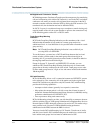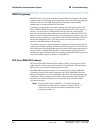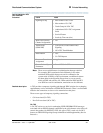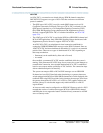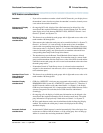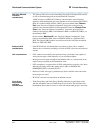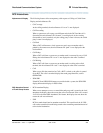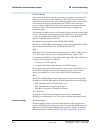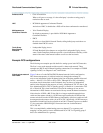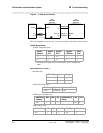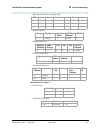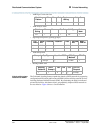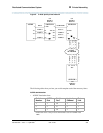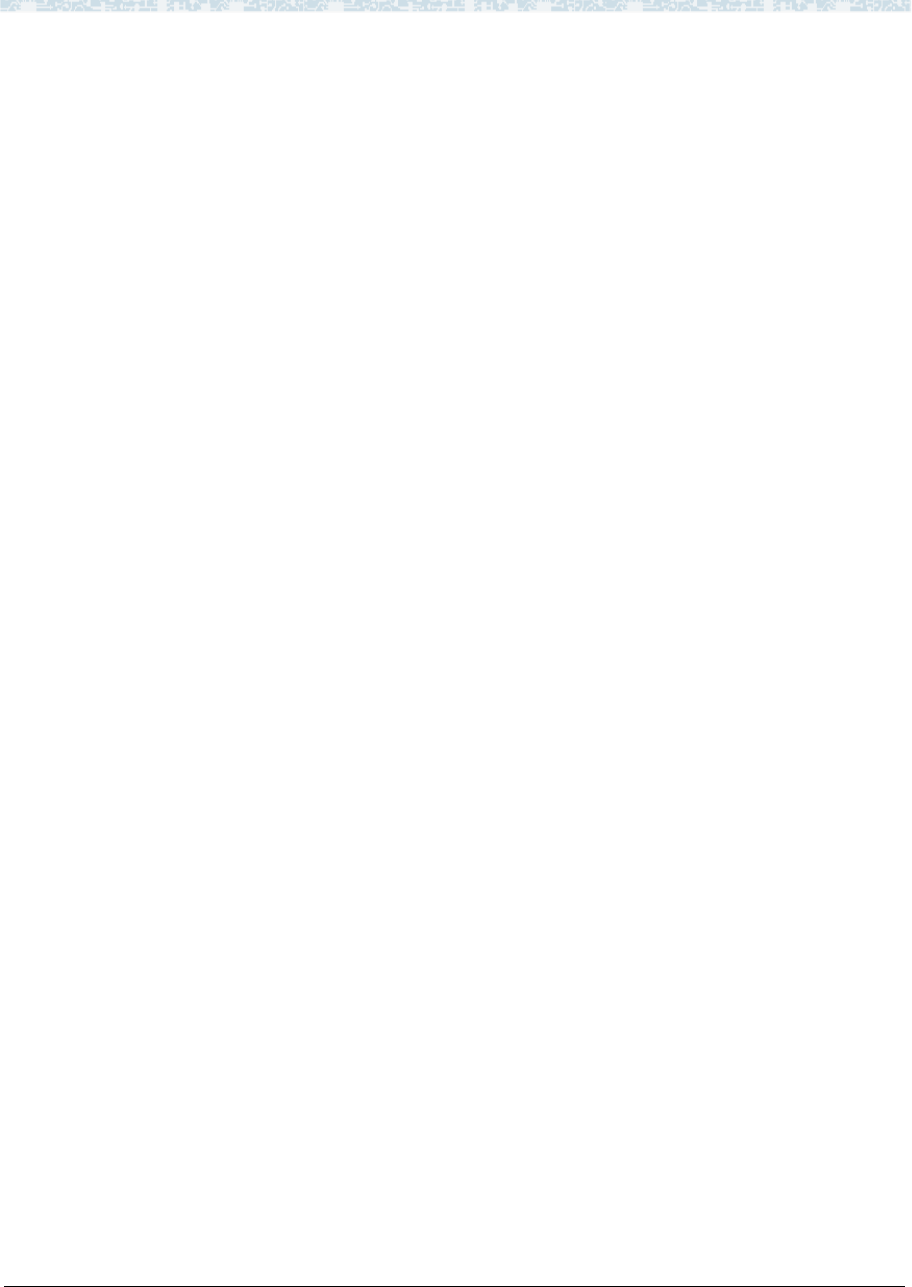
Distributed Communications System B Private Networking
Administration for Network Connectivity
CID: 77730 555-233-504 — Issue 1 — April 2000
326
Attendant Display • When both ISDN and DCS display information, or only DCS display information,
is received, the switch displays the DCS display information in the DCS format. If
ISDN display information is received, and no DCS display information is
received, then the ISDN display information displays in the ISDN formats.
Automatic Callback • Attendant Control of Trunk Group Access and DCS Attendant Control of Trunk
Group Access
Automatic Callback cannot be activated if the call uses a controlled trunk group.
Busy Verification • If the Trunk Identification by Attendant feature is used during busy verification of
a trunk (Trunk ID button is pressed), the trunk access code and trunk group
member number of the DCS tie trunk being used is displayed.
• DCS Busy Verification of Terminals and Trunks transparency is lost if the routing
pattern is administered to not delete the RNX and the AAR prefix is inserted on
the terminating switch trunk group. The voice terminal display at the terminating
switch displays only a=station name. Extension is left blank.
Call Coverage DCS Call Coverage has the same interactions as Call Coverage plus the following
additional interactions.
• Call Coverage Off Premises
If the coverage point is a non-UDP number in the remote call coverage table, Call
Coverage Off Premises is applied to the call rather than DCS Call Coverage, even
if a DCS link exists to the remote system.
• Coverage Answer Groups
DCS Call Coverage to Coverage Answer Groups on remote systems are not
supported by DCS Call Coverage. Coverage answer groups cannot be
administered on a system other than the principal’s system.
• Coverage Call Back
DCS Call Coverage does not support Coverage Call Back from a remote node.
• Displays
The displays on the DCS Call Coverage point’s terminal may be different than
those associated with the Call Coverage feature in the following situations:
~ When the call from the calling party to the principal or the redirected call to
the coverage point travel over ISDN-PRI trunk groups.
~ When the calling party is on a System 85 or Generic 2.
~ When the DCS name message is not received by the remote (coverage point’s)
system.
• Go to Cover
Go to Cover is not supported over DCS and therefore is not supported with DCS
Call Coverage.



